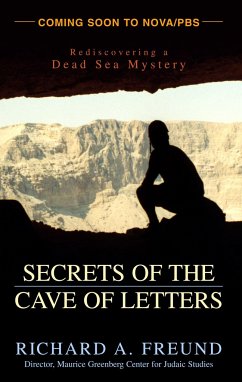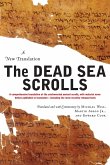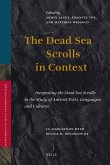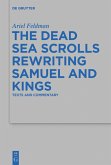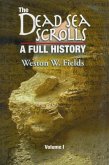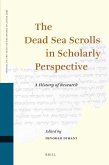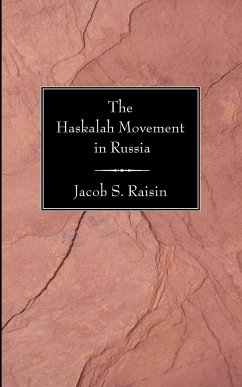One of the most spectacular archaeological discoveries in Israel took place in 1960, when the legendary Yigael Yadin excavated a cave in the Dead Sea area subsequently called the "Cave of Letters." Located near the site of the famous Dead Sea scrolls, the cave contained the largest cache of ancient personal correspondence and documents ever uncovered in Israel. Among the evidence were letters from Bar Kokhba, a messianic leader of a Jewish rebellion against the Romans in the 2nd century whose meteoric rise and fall in some ways parallel the life of Jesus of Nazareth. In 1997, archaeologist Richard A. Freund and a team from the University of Hartford returned to the Cave of Letters and discovered exciting new evidence about the use of the cave. Freund presents these intriguing findings in an absorbing account that combines fascinating history with elements of suspense and mystery. Using modern technology, the Hartford team established that the cave was not only inhabited in the 2nd century but in the first century as well. It was used as a repository of bronze artifacts from the temple of Jerusalem, which the Romans destroyed during the First Jewish Rebellion of 66-70. Freund and his colleagues also suggest a connection between the Cave of Letters and the most famous of the Dead Sea Scrolls, the mysterious Copper Scroll, an ancient list of temple treasures. Finally, he shows how in modern times Yadin and others used the heroic Bar Kokhba as an inspiration for forging the modern State of Israel's new self-identity. Bringing together an exciting tale of discovery, the history of the relationship between Judaism and Christianity, and the politics of the modern Middle East, Secrets of the Cave of Letters is both educational and an engrossing page-turner.

